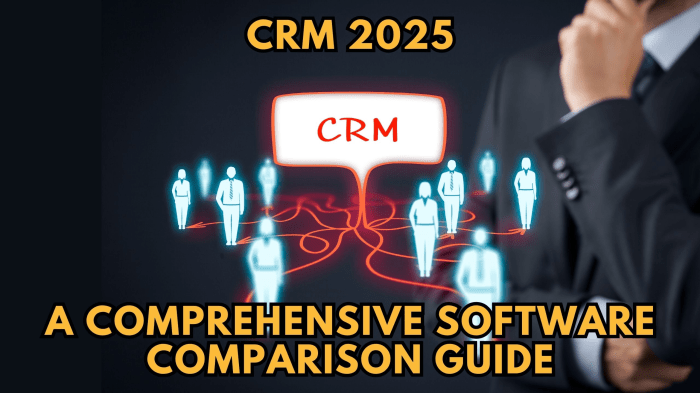5 CRM Best Practices Every Business Should Adopt in 2025? Think of it as your secret weapon for conquering the chaotic world of customer relationships. In 2025, simply *existing* isn’t enough; you need to *thrive*. This means leveraging technology to not just manage, but *master* your customer interactions. We’re talking about personalized experiences, streamlined workflows, and data-driven decisions that’ll leave your competitors in the dust.
This isn’t about adding another tool to your arsenal; it’s about strategically implementing a CRM system that fuels your business growth. We’ll dive deep into five essential best practices—from harnessing the power of data analytics to automating tedious tasks and fostering seamless team collaboration. Get ready to level up your customer relationship game and prepare for a future where efficiency and personalization reign supreme.
Data-Driven Decision Making
In 2025, the sheer volume of data generated by businesses is overwhelming. But for those who can harness it, CRM data offers a powerful competitive edge. Real-time insights transform guesswork into strategic action, allowing businesses to anticipate customer needs and optimize operations for maximum impact. This section explores how leveraging CRM data fuels smart decision-making.
Real-time CRM data significantly enhances strategic business decisions in 2025 by providing an up-to-the-minute understanding of customer behavior, sales performance, and marketing effectiveness. This allows businesses to react swiftly to changing market trends and customer preferences, maximizing opportunities and minimizing risks. Imagine, for example, identifying a sudden drop in engagement from a specific customer segment – real-time CRM data allows for immediate intervention, preventing further loss and potentially identifying the root cause of the decline. This proactive approach, fueled by data, is the key to success in a dynamic market.
Key Performance Indicators (KPIs) for CRM Analysis
Tracking and analyzing the right KPIs within a CRM system is crucial for effective decision-making. These metrics provide a quantifiable measure of progress toward business goals and allow for the identification of areas needing improvement. Focusing on a select few key indicators ensures that efforts are concentrated where they will have the most impact.
Using CRM Data for Personalized Customer Interactions and Improved Sales Conversion Rates
CRM data isn’t just for number crunching; it’s the key to understanding individual customers. By analyzing customer interactions, purchase history, and preferences, businesses can personalize marketing messages, product recommendations, and customer service interactions. This tailored approach significantly improves customer engagement and loyalty, leading to higher sales conversion rates. For example, segmenting customers based on their purchase history allows for targeted email campaigns offering relevant products or discounts, increasing the likelihood of a sale. Similarly, understanding customer preferences allows for personalized service interactions that build stronger relationships and increase customer satisfaction.
So, there you have it—five game-changing CRM best practices to propel your business into 2025 and beyond. Remember, it’s not just about adopting the latest tech; it’s about using it strategically to understand your customers better, improve internal processes, and ultimately, boost your bottom line. By embracing these strategies, you’re not just investing in a CRM; you’re investing in the future of your business. Now go forth and conquer!
